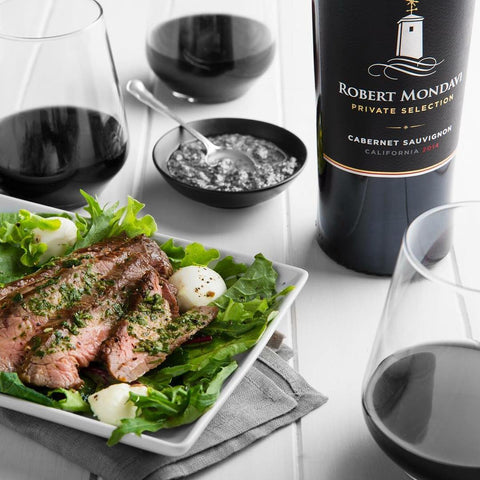

- Article published at:
- Article tag: The Boozy Files
- Article comments count: 0
Drawer menu

They say that wine is like bottled poetry. After a long day from work, it’s time for self-care and relaxation. It’s time to pour yourself a glass of wine from your wine cupboard. Swirling your glass, the aroma begins to unfold, unleashing a mix of fruit and spice on the nose. Understanding wine allows you to explore, branch out, and understand a glimpse of the origin from the country it was made. Today, we are going to talk about “New World Wine''.
In the world of wine, there are actually two worlds: new and old. Bordeaux, Champagne, Chianti, Sherry are considered old world wines. Old world wines originate from countries that gave birth to winemaking: Germany, Italy, Spain, France, and Portugal. On the other hand, new world countries are countries that “borrowed” these traditions to create their own. North America, South America, New Zealand, and Australia are considered new world countries. After all, importing and exporting used to take a long time then and wine shortage would make wine lovers from the past thirsty!
Most of our favourite wines like Cabernet, Chardonnay, Merlot, Riesling, Malbec are actually considered New World wines. Winemaking in New World countries are allowed to irrigate which means they are allowed to add more nutrients throughout growing the wine in the vineyards as compared to old world wines; where you get what nature gives you when tending to your wine. You can expect that new world wines are more consistent in giving you a bright fruit aroma on the nose and palate with more pronounced fruit flavours. If you are interested to try out our New World wine recommendations, check them out below:

Photo from @eldertonwines
Harvest 2018 gave us good conditions to make this very small batch wine, which we have made using traditional Barossan techniques. It is our belief that this wine will drink well for many years to come. Elegant, textural, and focused style with a pale straw color.
2. Robert Mondavi Private Selection Cabernet Sauvignon

Photo from @robertmondavips
Our Cabernet Sauvignon is crafted with fruit from California’s cool-climate Central Coast vineyards, where slow ripening encourages complexity and depth of flavor. Blended with a touch of Syrah, Carignan, Malbec, Petite Sirah and Petit Verdot, this wine shows decadent aromas of black cherry, blackberry, vanilla, toasty oak and coffee. Ripe and elegant, with soft red and black fruit flavors and gentle tannins, this wine was aged in a combination of American and French oak.

Photo from @fairviewwineandcheese
Bright ruby red colour. Cranberries, violets, and plum aromas with hints of vanilla. Elegant flavours of fresh red fruit and clove spice with a firm tannin finish. Enjoy with beef fillet or spicy Cape Malay curries.
4. Terrazas de los Andes Reserva Malbec

Bright red color with purple shades, with intense floral and fruity notes. Presence of violets, ripe black cherry, and plum aromas. Reveals a toasty and spicy character of black pepper and chocolate. Its sweet and juicy mouthfeel delivers finesse, delicate tannins and an elegant finish of black fruits.

Photo from Los Vascos - Cambodia
Beautiful bright ruby colour. The nose reveals aromas of cherry, blackberry, and blueberry. Notes of black pepper, ripe red bell pepper, black olive, paprika, smoked chili powder, thyme, and bay leaf can be discerned in this Carmenère. The palate offers loads of chocolate truffles, roasted chestnuts and cherry liqueur. The tannin is forward and persistent. Unmistakably a Carmenère.
If you are a wine lover, getting to know some brief history about wine and winemaking is surely a way for you to enjoy your wine drinking experience more. Explore new wines because like everything else, there’s just so much out there besides your staples. Possibilities are limitless; like the abundance of wine choices.